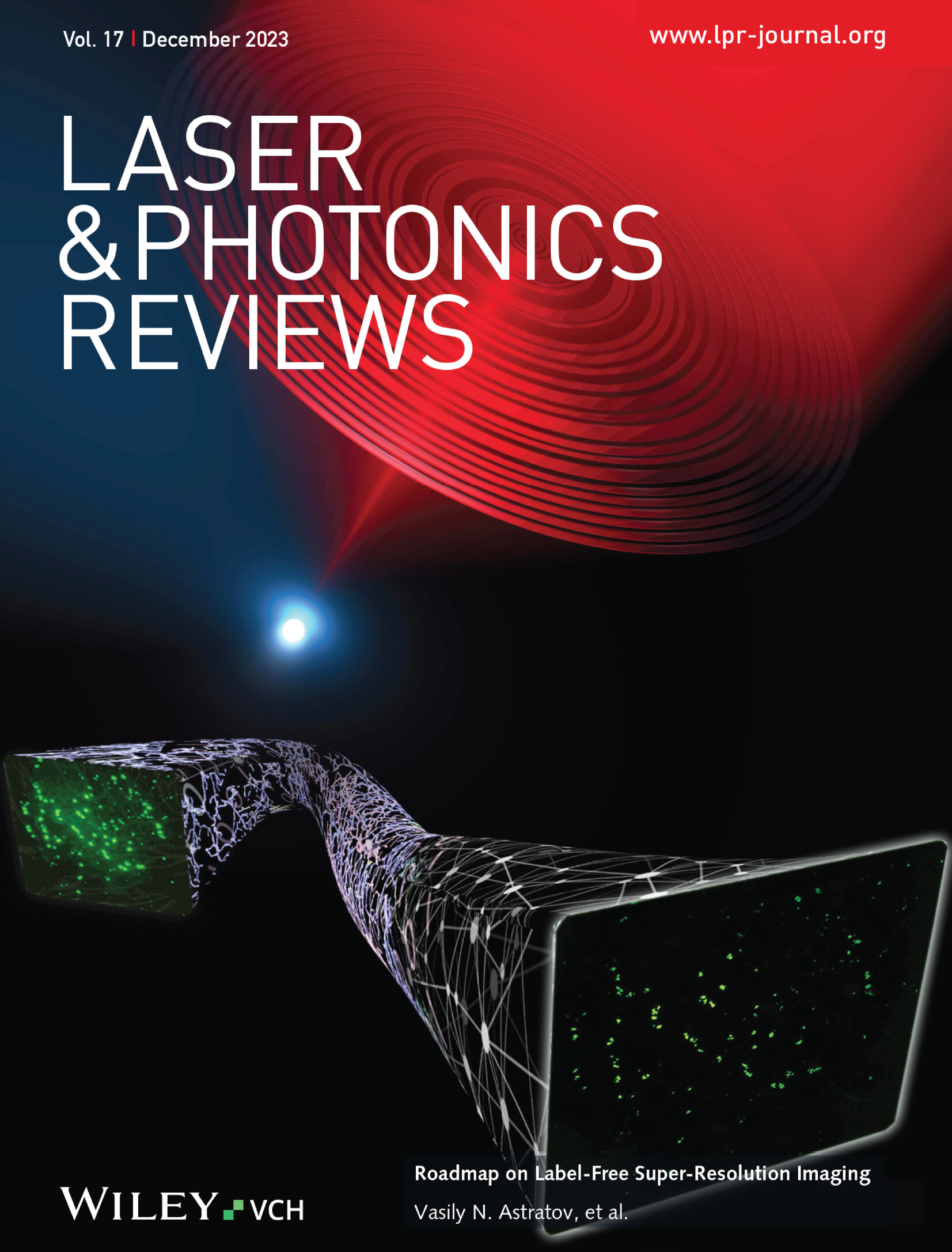Individual Mode Characterization of 3D Solitons in a Spatiotemporal Mode-Locked Fiber Laser
IF 9.8
1区 物理与天体物理
Q1 OPTICS
引用次数: 0
Abstract
3D solitons in spatiotemporal mode-locked (STML) fiber lasers have garnered significant attention due to their distinctive mode characteristics. However, the detailed characterization of individual modes remains challenging, limited by current measurement equipment and techniques. Here, a straightforward real-time method leveraging both modal dispersion and chromatic dispersion, called the spatiotemporal dispersive Fourier transform (ST-DFT) technique, is proposed for the individual mode characterization of 3D solitons within STML fiber lasers. By utilizing a segment of two-mode fiber, the ST-DFT technique is effectively employed for the individual mode characterization of 3D single, multiple, and harmonic solitons, with each mode being precisely calibrated. For single solitons, the solitons with identical or distinct peak wavelengths for different modes are observed. For multiple solitons and harmonic solitons, the peak wavelengths of different modes within the same soliton can be either identical or distinct as well, as observed in the single solitons. However, different solitons exhibit identical peak wavelengths for the same modes, indicating that the mode characteristics of different solitons within multiple solitons and harmonic solitons are identical. The findings reveal the individual mode characteristics of 3D solitons and deepen the understanding of their formation mechanisms, advancing the investigations and applications of STML fiber lasers.

时空锁模光纤激光器中三维孤子的单模特性
时空锁模光纤激光器中的三维孤子由于其独特的模式特性而引起了人们的广泛关注。然而,单个模式的详细表征仍然具有挑战性,受到当前测量设备和技术的限制。本文提出了一种利用模态色散和色散的直接实时方法,称为时空色散傅里叶变换(ST-DFT)技术,用于STML光纤激光器中3D孤子的单个模式表征。通过利用一段双模光纤,ST-DFT技术可以有效地用于三维单、多和谐波孤子的单个模式表征,并对每个模式进行精确校准。对于单孤子,观测到不同模式下具有相同或不同峰值波长的孤子。对于多孤子和谐波孤子,正如在单孤子中观察到的那样,同一孤子内不同模式的峰值波长可以相同或不同。然而,不同的孤子在相同的模式下表现出相同的峰值波长,这表明多孤子和谐波孤子中不同孤子的模式特性是相同的。这些发现揭示了三维孤子的单模特性,加深了对其形成机制的理解,推动了STML光纤激光器的研究和应用。
本文章由计算机程序翻译,如有差异,请以英文原文为准。
求助全文
约1分钟内获得全文
求助全文
来源期刊
CiteScore
14.20
自引率
5.50%
发文量
314
审稿时长
2 months
期刊介绍:
Laser & Photonics Reviews is a reputable journal that publishes high-quality Reviews, original Research Articles, and Perspectives in the field of photonics and optics. It covers both theoretical and experimental aspects, including recent groundbreaking research, specific advancements, and innovative applications.
As evidence of its impact and recognition, Laser & Photonics Reviews boasts a remarkable 2022 Impact Factor of 11.0, according to the Journal Citation Reports from Clarivate Analytics (2023). Moreover, it holds impressive rankings in the InCites Journal Citation Reports: in 2021, it was ranked 6th out of 101 in the field of Optics, 15th out of 161 in Applied Physics, and 12th out of 69 in Condensed Matter Physics.
The journal uses the ISSN numbers 1863-8880 for print and 1863-8899 for online publications.

 求助内容:
求助内容: 应助结果提醒方式:
应助结果提醒方式:


